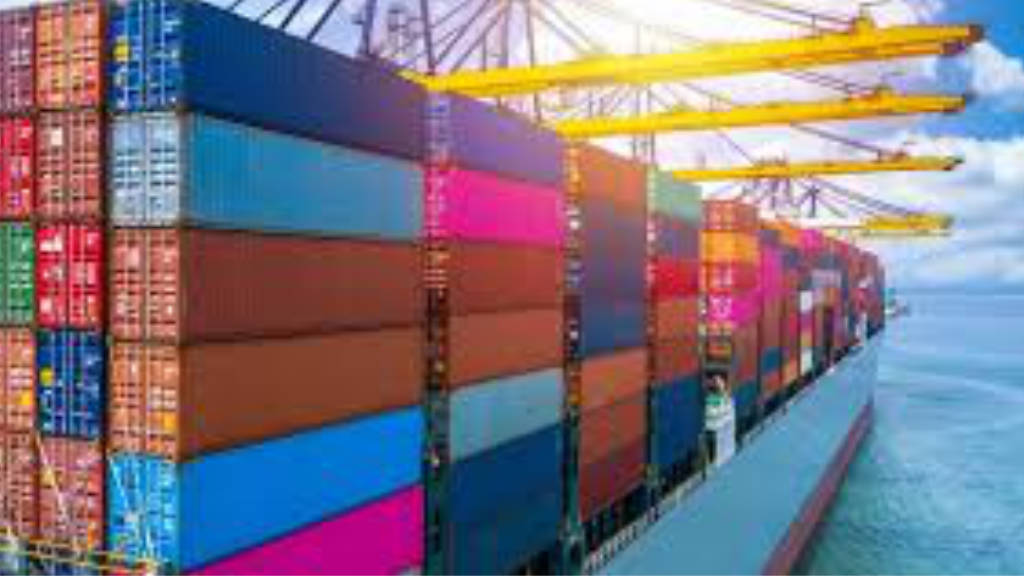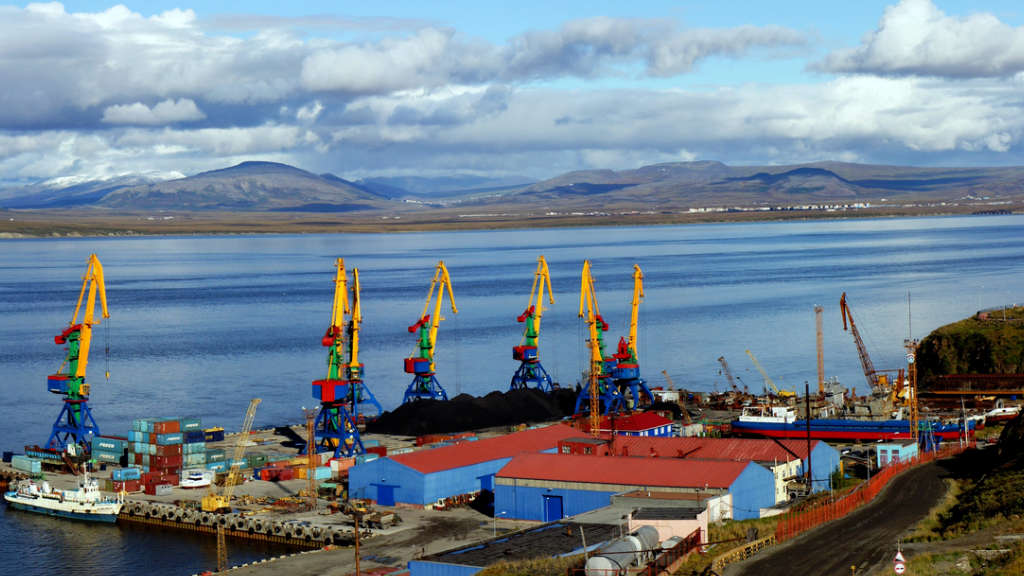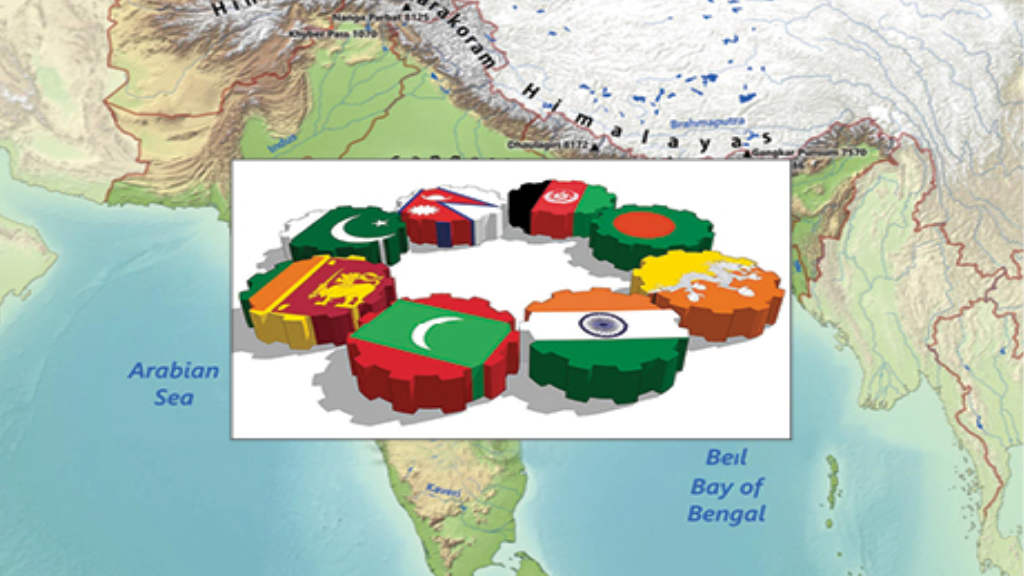We present an overview of the Chinese sea and rail transportation market, the reasons for the drop in shipping rates and the increase in railway tariffs, as well as what can be expected in the near future.
The container transportation market between China and Russia remains difficult. Shipping rates have continued to drop since the beginning of the year, and so far there are no signs of an increase.
The rates for sea transportation through the ports of the Far East decreased by $1,000 per 40-foot container compared to the rates at the end of 2024. The reason is a decline in freight traffic due to slower consumer activity in Russia.
The story with Rail transportation is a little different. Due to an increased number of shipments by rail to European countries, the rates for transportation across the territory of the People’s Republic of China and departure station tariffs are increasing slightly.
In April, China tried to raise railway tariffs on its territory. Many Chinese rail freight forwarders expect further tariff increases in May. It can be assumed that with an increase in rates for direct rail transportation, tariffs for transportation by sea will also increase, but so far this has not been seen.
The situation with empty containers in maritime transport has significantly improved compared to the second half of 2024, when there was an acute shortage. Booking and obtaining transport space on ships has become easier, waiting times have been reduced, and sea freight rates have decreased.
Customers’ interest in rail transportation from China to Russia is growing which is due to both the attractive cost of services and the high transportation speed to the shipping end point. With current infrastructure, the average delivery time has been reduced to three weeks, whereas previously it could take several months.
Forecasts call for stabilization, and possibly, an increase in rates in the second half of May due to increased demand and a favorable yuan exchange rate. There are also fears that in the near future, due to increased demand, there will be a shortage of transport equipment and places on ships.
At the beginning of 2025, the volume of container shipments from China to Russia, both through ports and through land border crossings, decreased by 8-9% compared to the same period last year.
The dynamics of demand are influenced by external economic and geopolitical situations. This leads many companies to postpone decisions on large orders in anticipation of a normalization of the geopolitical situation. The market is in the process of adapting to new economic realities, which is why such fluctuations in volumes and rates occur.
It is possible that an increase in tariffs in the United States will lead to a redistribution of cargo flows between modes of transport and route directions. How much this will affect rail transportation between China and Europe as well as Russia depends on several factors.
Railway routes passing through Russia are an alternative to sea transportation in an unstable geopolitical situation. However, sanctions and some infrastructure bottlenecks are hindering volume growth. Chinese operators, in anticipation of increased demand for railways, are increasing the number of transportation windows for Russia. But demand depends on the economy and the competitive environment. With high competition in shipping and rising tariffs, the volume of rail transportation will also increase. As a result, this will lead to a temporary shortage of transport and a reduction in available transportation windows for operators.
Therefore, the increase in tariffs affects rail transportation in a complex way. The exact forecast depends on the global economy, the state of infrastructure and the political situation.
In 2025, container shipments from China to Russia will show three key trends that are radically changing the logistics picture.
The first trend is the rapid growth of rail transportation (by 20-25% in the first quarter), due to the high resistance to external sanctions pressure, along with the unprecedented speed of delivery compared to the sea and actively developing railway infrastructure.
The second is the critical congestion of the Far Eastern ports, the shortage of railway platforms and, as a result, the delay in shipments. Despite investments in terminal expansion, these problems will persist at least until 2026.
And the third trend is big changes in the cargoes. Demand for industrial goods is growing, for example, the volume of shipments of equipment for Russian factories in January-March increased by 25% compared to the same period in 2024, and automotive components for Chinese automakers in Russia increased by 20%.
At the same time, due to market saturation and quickly developing Russian production, the share of consumer goods is decreasing. For example, electronics and clothing were imported 5-7% less in the first quarter than in the same period of 2024. As a result, the business segment (B2B) now accounts for 70% of cargo traffic, significantly outstripping consumer shipments (B2C).
Further Reading
Cost Of China-Russia Shipping Containers Reduces, Volumes To Increase





